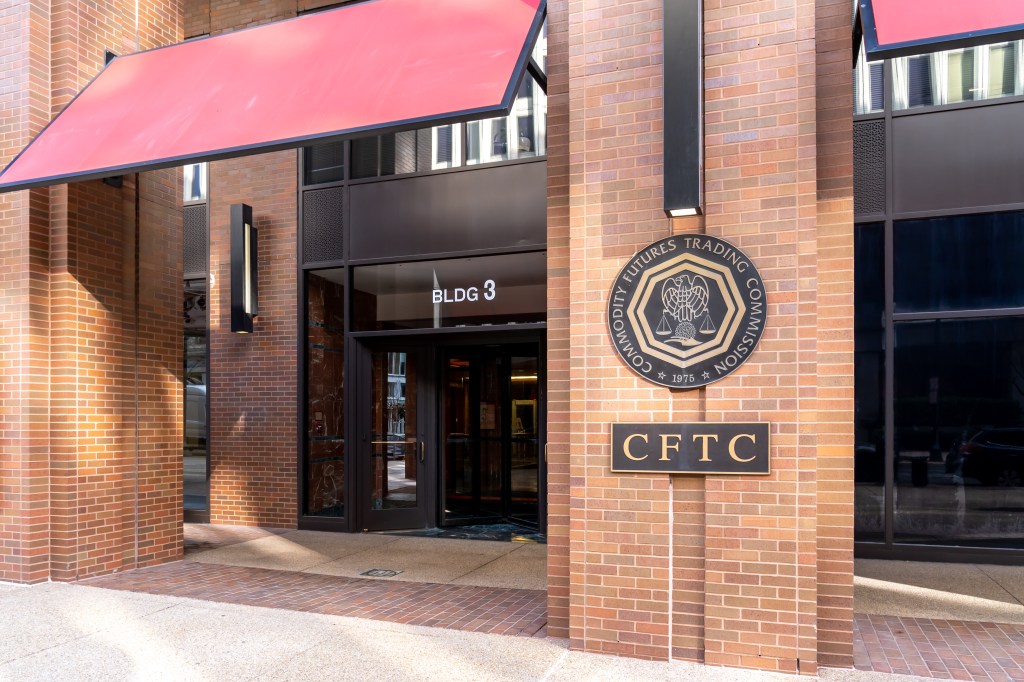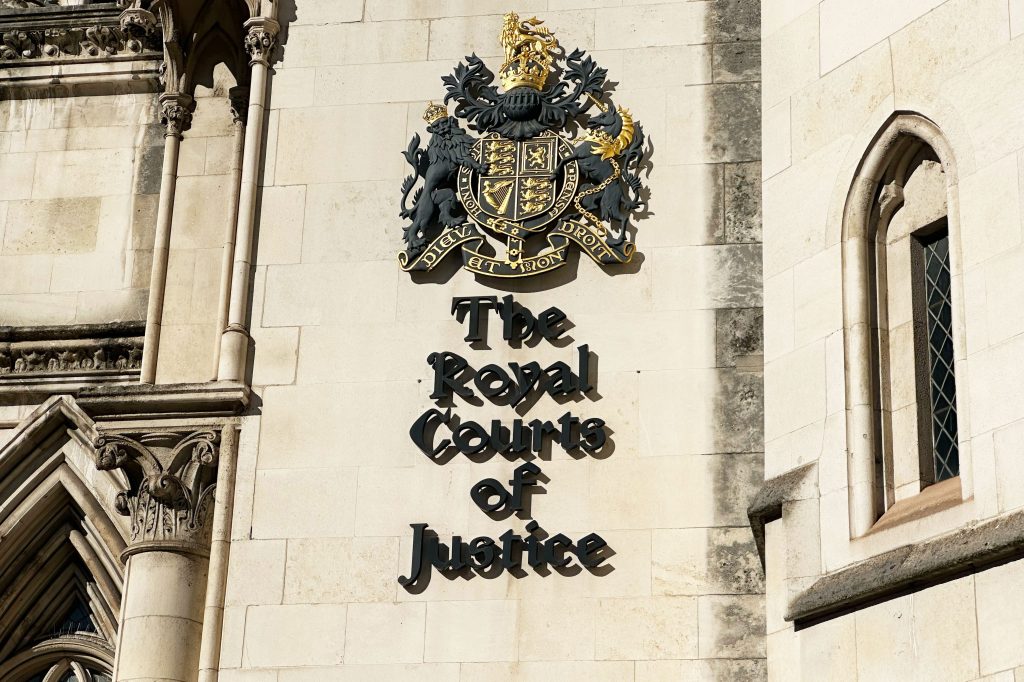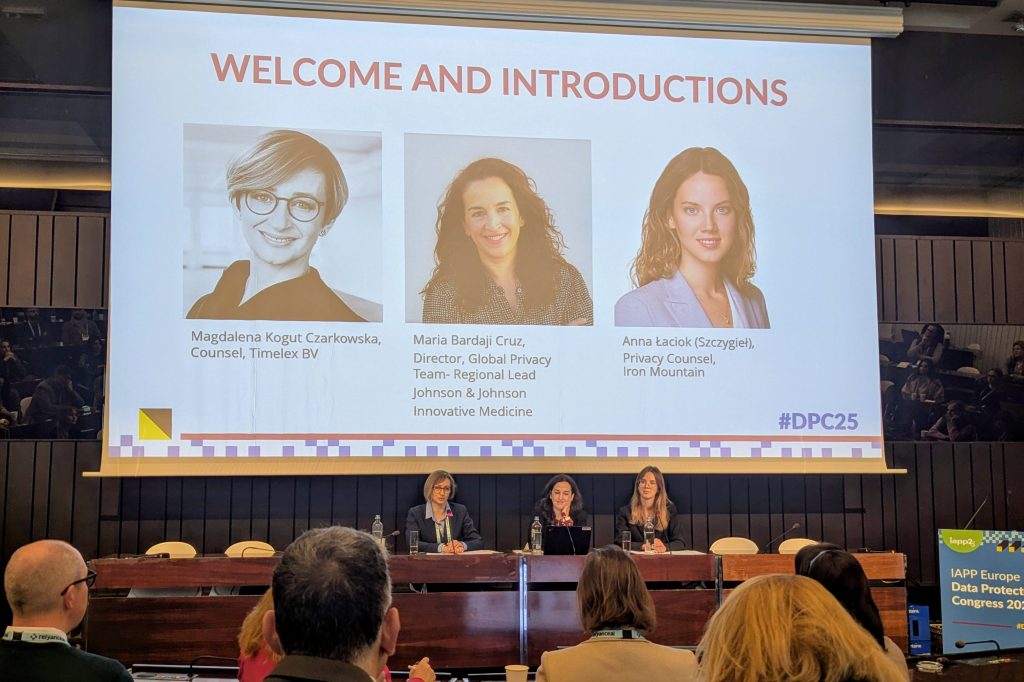On June 24, 2025, the Brazilian federal government published Ordinance No. 961/2025 (Ordinance) establishing, for the first time in the country, guidelines for the use of AI in criminal investigations and public security intelligence operations. It became effective immediately upon its publication, aiming to update the practices of Brazil’s law enforcement agencies while
Register for free to keep reading.
To continue reading this article and unlock full access to GRIP, register now. You’ll enjoy free access to all content until our subscription service launches in early 2026.
- Unlimited access to industry insights
- Stay on top of key rules and regulatory changes with our Rules Navigator
- Ad-free experience with no distractions
- Regular podcasts from trusted external experts
- Fresh compliance and regulatory content every day

















